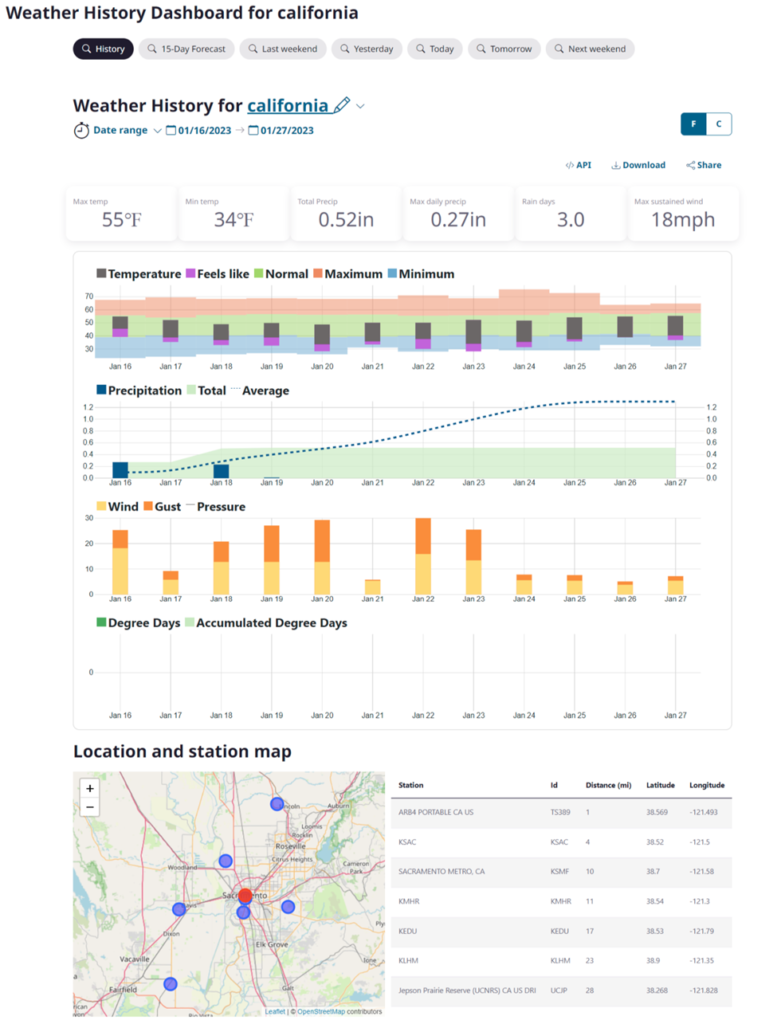California is no stranger to floods. The state’s Mediterranean climate brings heavy rains in the winter, which can cause floods and landslides in areas that are not well-prepared for them. In recent years, California has also experienced an increase in extreme weather events, such as droughts and heat waves, which can exacerbate the effects of flooding.

Since the beginning of the year, California has had a succession of storms. Some regions of the state’s northwest and center have only experienced 10 to 20 inches of rainfall in the previous two weeks.
Even though the recent significant rain has started to raise reservoir levels, many experts warned that much more rain is still needed to reverse the effects of the protracted drought.
On Saturday, a new round of storms swamped California again as a series of atmospheric rivers lashed the state. Many critical situations were created like overflowing rivers, cutting down power lines, and frightening travelers during other holiday weekends.
Since late December, a string of strong storms that unleashed damaging downpours from the North Coast to the southern border during the previous two and a half weeks have killed at least 19 people, and the death toll is sure to rise.
Levees have collapsed, innumerable trees have fallen, strong waves have harmed piers, and roads have been blocked by mudslides creating the most significant damage in the northern and central districts of the state. Flash flooding has blocked important roads in coastal and valley regions, and heavy snowfall has blocked eastbound routes via mountain ranges.
Millions of people from San Diego to the very north of the state, Eureka, were under flood warnings as of Saturday night. As per the emergency officials, more than 75,000 people were reportedly subject to evacuation orders and recommendations around the state. Also, some reports show that over 23,000 consumers were without electricity throughout the state. By the time the skies clear, it is anticipated that the damage would be in the hundreds of millions, if not billions of dollars, with the bulk of the state being under a federal emergency declaration.

A quarter to an inch of rain will fall in most of the Bay Area due to the impending storm. Also, Big Sur in Monterey County and the Santa Cruz Mountains could receive up to two inches.
Tuesday will be the last day for the area to recover from Monday night’s rain and potential thunderstorms before a new one. A weaker storm system moves in on Wednesday.
Officials in California warned residents to be cautious as more rain and storms were expected. The Bay Area office of the National Weather Service warned that rain will continue and that North Bay may face more flooding in a tweet on Wednesday night.

According to the Bay Area office of the weather service, the weather will stay active over the coming week with a risk for further thunderstorms on Friday and into the weekend. On Saturday, rain is expected to return to the Los Angeles region.
While flood warnings were in effect for Merced County in the agricultural Central Valley, where Governor Gavin Newsom came to assess storm-related issues, the overflowing Salinas River inundated farms in Monterey County to the east.
At a briefing with local officials, Newsom emphasized that there are still nine atmospheric rivers to come, adding, “We’re not done. The fact is that this is just the eighth of what we expect will be nine atmospheric rivers.
Governor Gavin Newsom issued a warning that four more atmospheric rivers would be approaching the state in the following nine to ten days before an anticipated dry period beginning around January 20. More than half of the 58 counties in the state, according to Newsom, have been declared as disaster zones.
Despite the generally dreary weather in California, there was some good news on Wednesday. The good news states that power outages have significantly decreased across the state. There were roughly 62,000 dark houses and businesses. There were about four times as many without electricity on Tuesday. You can get more weather forecast details here.

Additionally, Santa Barbara County revoked all evacuation and stay-put orders. This includes Montecito, where 23 people died, and more than 100 homes were destroyed in a mudslide five years ago. Montecito is home to Prince Harry, Oprah Winfrey, and other famous people.
Additionally, forecasts predict that the state will finally begin to dry up by the end of the next week.
